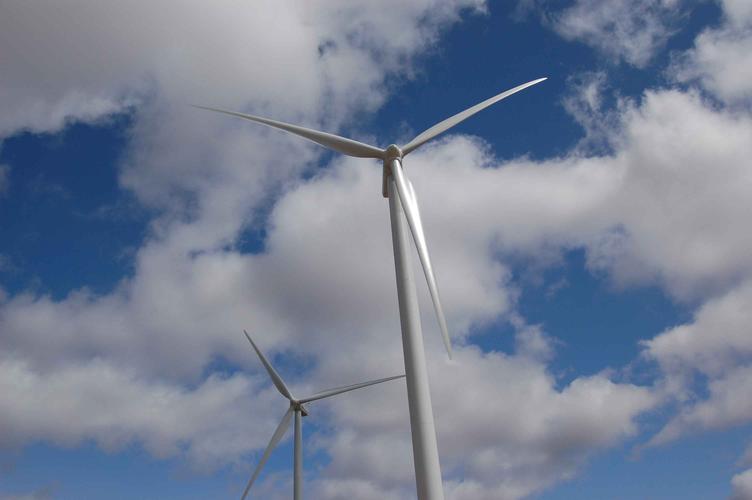Simply put, the working principle of the wind turbine is to rotate the impeller through the wind, and then reach the speed of the generator through the transmission system to achieve the speed of the generator and then drive the generator to generate electricity, (metal processing is really good) effectively convert the wind energy into electricity. According to current windmill technology, a breeze speed (the degree of breeze) of about three meters per second can start generating electricity.

The most common structure of large wind turbines connected to the grid is the cross-axis three-bladed wind turbine, which is mounted on the vertical tubular tower rod and the turbine blades are made of composite materials. Unlike small wind turbines, the wind wheels of large wind turbines turn rather slowly. Simpler wind turbines use a fixed speed. Two different speeds are usually used - low speed in weak winds and high speed in strong winds. The induction induction generators of these fixed-speed wind motors can directly generate alternating current at grid frequencies.
Newer designs are generally variable speed (e.g., V52-850 kW wind motor speeds from 14 RPM to 31.4 RPM). With variable speed operation, the aerodynamic efficiency of the wind wheel can be improved, thus extracting more energy and making less noise in weak wind conditions. Therefore, variable speed wind motor designs are becoming more and more popular than constant speed wind motors.
Sensors installed in the cabin detect the direction of the wind, and the steering mechanism automatically turns the cabin and the wind wheel to face the incoming wind (good metalworking), and the rotating motion of the wind wheel is transmitted to the engine room through the gear box (or directly to the generator if there is no gear box).
The power output of all wind turbines varies with the wind. The two most common methods of limiting power output (and thus the pressure on the wheel) in strong winds are stall regulation and bevel regulation. With a stall-regulated turbine, strong winds exceeding the rated wind speed will cause turbulence in the airflow through the blades, causing the turbine to stall. When the wind is too strong, the tail brake device will act, causing the wind wheel car. With bevel-adjusted wind motors, each blade can be rotated on a longitudinal axis, and the Angle of the blade changes with the wind speed, thus changing the aerodynamic performance of the wind wheel. When the wind is too strong, the blades turn to the air edge to face the wind, thus making the wind wheel.
Post time: Sep-06-2023

